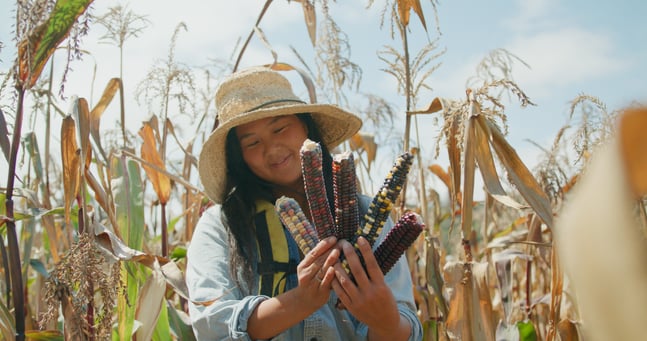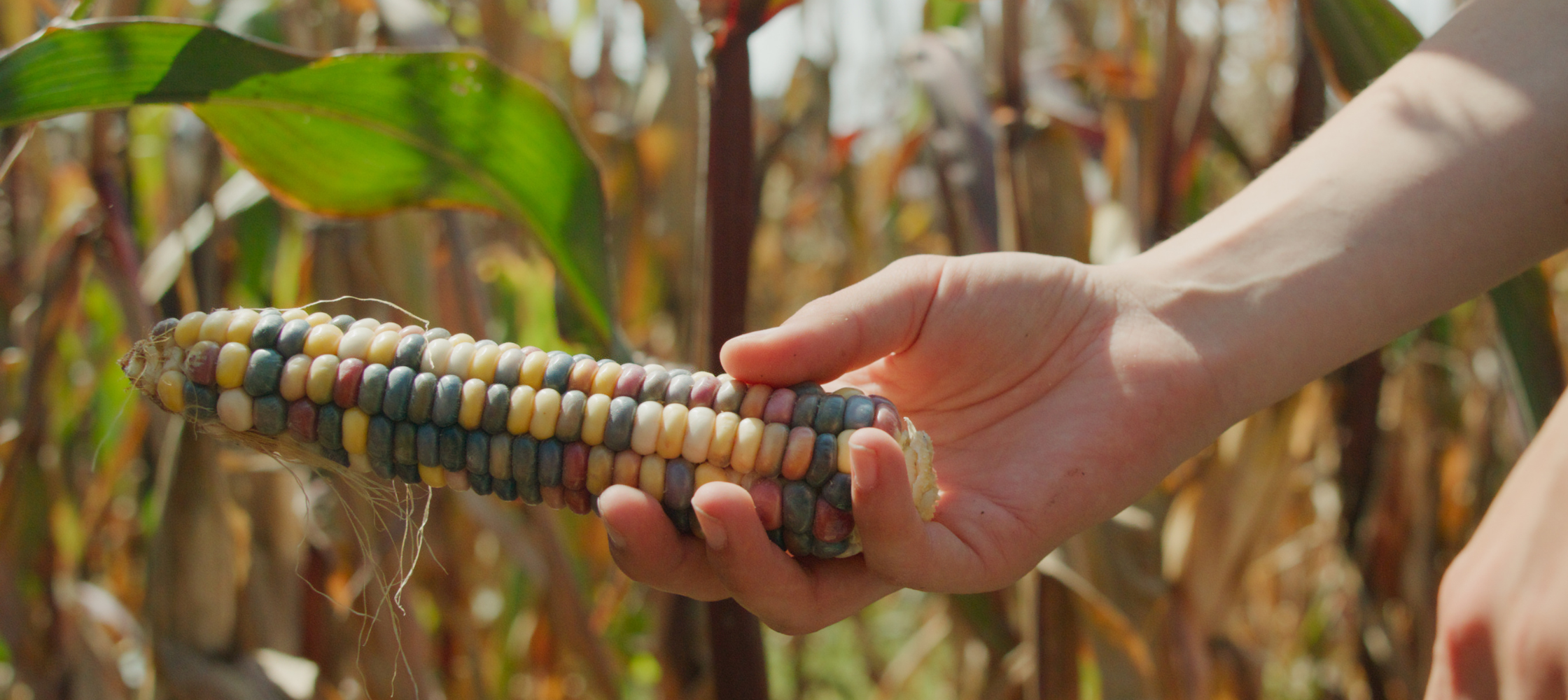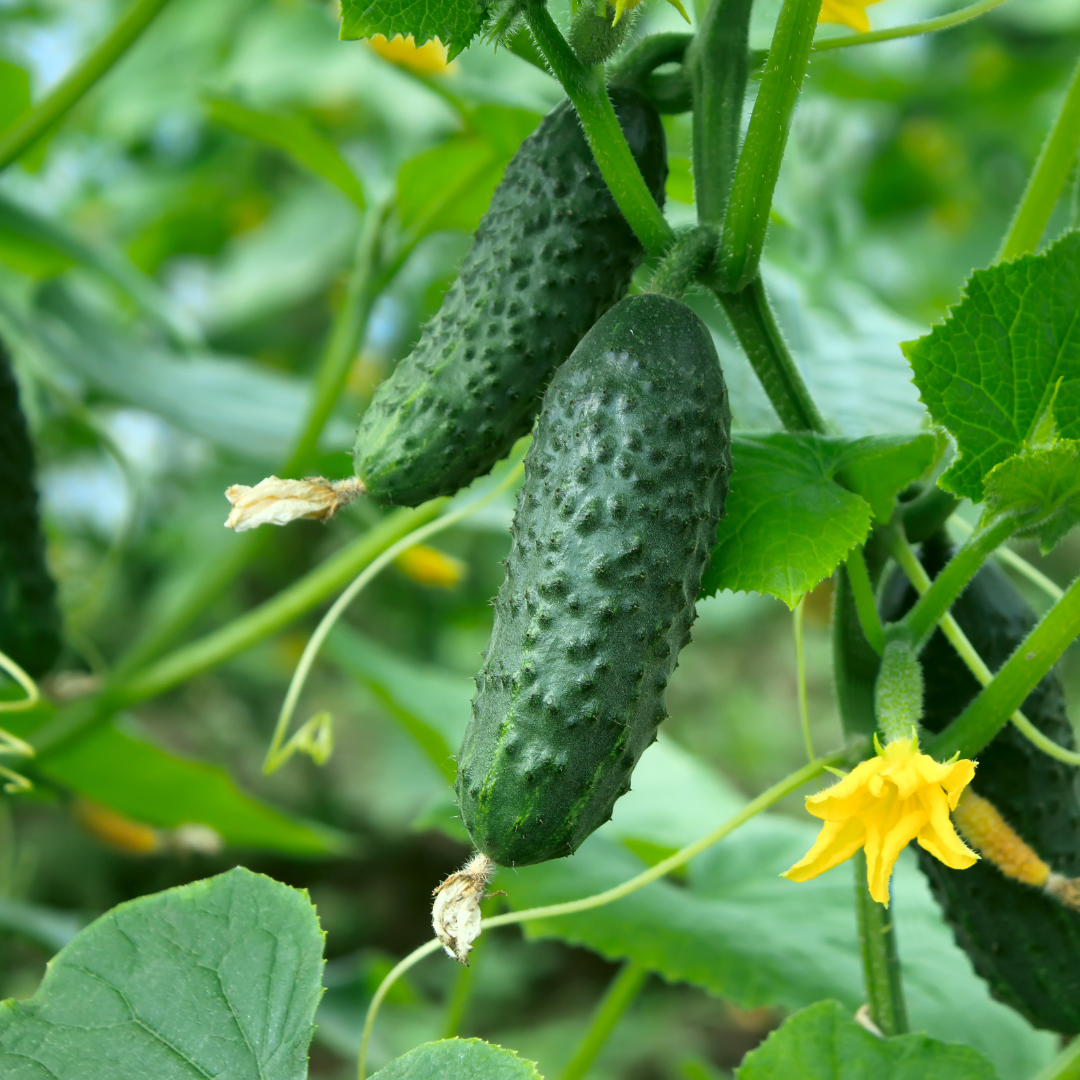Let's explore regionally adapted seeds
In farming, choosing the right seeds to plant is critical to your success. From shade tolerance to frost sensitivity to drought resistance, there are seemingly endless qualities that might determine if your crops will succeed, do just fine, or flat-out fail.
In this blog post, we'll:
- Explore the benefits of regionally adapted seeds
- Offer some tips for integrating regionally adapted seeds into your farming practice
- Provide examples of specific crops and regions where they are cultivated

What Are Regionally Adapted Seeds?
Regionally adapted seeds have been grown and saved in a specific region and are acclimated to the unique environmental, climatic, and soil conditions. Growing these seeds in a climate that they have been adapted to promotes sustainability, resilience, and can even increase productivity and yields.
Most seeds available on the commercial market today are developed in conditions and areas that don’t reflect where the farmer will actually grow them for crops - high sun, lots of irrigation, long seasons. These seeds are marketed across growing climates and may be generally successful, but aren’t able to fully thrive in most areas. So what's a farmer to do? Enter regionally adapted seeds.

What are the Benefits of Regionally Adapted Seeds?
1. Increased Crop Yield and Quality
Regionally adapted seeds are developed to thrive in specific climates and soil types. This adaptation often translates to higher crop yields and better quality produce. By utilizing seeds suited to their region, farmers can optimize their harvests and provide consumers with better quality produce. For example, seeds adapted to withstand an early frost will do better in cooler climates than those that are more sensitive, allowing growers to extend their season or get a better quality crop. And seeds adapted to high summer temperatures are good for those in hotter areas.
2. Environmental Sustainability
Regionally adapted seeds are typically well-suited to the natural conditions of a particular area. This results in reduced use of water, pesticides, and fertilizers, minimizing the environmental impact of farming. Sustainable agricultural practices are essential for the long-term health of our planet, and regionally adapted seeds play a significant role in achieving these goals. Planting varieties that are adapted to a region's rainfall will require less irrigation, and those that have been bred to be resistant to regional pests will require fewer pesticides.
3. Resilience to Climate Variability
Climate change is an increasing concern for agriculture. Regionally adapted seeds are bred to withstand the specific climatic fluctuations of their designated regions. They often possess traits that make them more resilient to extreme weather events, ensuring a more stable and reliable harvest.
4. Supporting Biodiversity
By utilizing regionally adapted seeds, farmers contribute to the preservation of plant biodiversity. These seeds often come from traditional or heirloom varieties, helping to conserve a diverse range of genetic resources that may otherwise be lost. Having a diverse gene pool helps to bolster crops against pests, disease, and other environmental factors.
As a bonus, customers and chefs are excited by unique varieties on the market and might even pay a premium for a variety they can’t find elsewhere.
5. Preserving Cultural Heritage
By saving and continuing to use regionally adapted seeds, we can reinforce a connection between our communities and our crops, and celebrate the important cultural value in food.
How to Grow Regionally Adapted Crops
Research and Educate Yourself: Familiarize yourself with the specific region you operate in, including climate, soil types, and water availability. Understand the seeds that are naturally adapted to these conditions.
Save Your Seeds: Growing your own seeds is a great way to understand your crops better and select seeds that do well in your farm conditions and have the traits that you value. For more information, check out Seed Savers Exchange.
Engage with Local Agricultural Extension Services: Seek advice from agricultural experts and extension services in your area. They can provide valuable insights into regionally adapted seeds and their benefits.
Collaborate with Seed Suppliers: Work with seed suppliers who specialize in regionally adapted seeds. They can guide you on selecting the right seeds for your farm based on local conditions. Check out Native Seed Search, Southern Exposure Seed Exchange, Fruition Seeds, and many more here.
Participate in Seed Exchange Programs: Engage in seed exchange programs with fellow farmers in your region. Sharing and trading seeds can broaden your options for regionally adapted varieties.
Experiment and Monitor: Start small-scale experiments with regionally adapted seeds to evaluate their performance. Using a farm management software such as Tend to automatically track your growth, yield, and crop quality can help you fine-tune your approach from season to season. Monitor growth, yield, and quality to fine-tune your approach.
What are some examples of Regionally Adapted Crops?
Regionally adapted and native crops in the United States are plants that have evolved and adapted to the specific environmental conditions of their respective regions. These crops have often been cultivated by Indigenous peoples for generations. Here are some examples of regionally adapted and native crops in the US:
Crop: Flour Corn (Maize) - Regionally Adapted for the Southwest US
Flour corn is a type of corn typically used for grinding into flour, and grows well in more arid regions. Varieties such as the Smoik Hu:ñ, or Tohono O'odham 60 Day, have been grown in Arizona for 4,000 years, giving it ample time to adapt to the desert climate and take advantage of summer monsoons. The “60 day” refers to the fast pace of it going from planted seed to harvestable corn during the two months of the summer rainy season. It’s so well adapted to the Arizona climate that in trials, it grew on rainwater alone and didn’t require any irrigation. While it will grow fine in other areas, it may take longer to come to maturity, highlighting its regional adaptation.

More Corn Adaptations for Arid and Semi-Arid Climates:
Drought Resistance: Corn varieties in the Southwest US are carefully selected and adapted to resist extended periods of drought. These varieties have developed mechanisms to conserve water and maintain growth even in water-stressed conditions.
Heat Tolerance: Corn adapted to the Southwest US is bred to withstand high temperatures common in this region. The plants can continue growing and producing despite the intense heat, a characteristic critical for successful cultivation in arid climates.
Short Growing Season: Some corn varieties in the Southwest US have shorter maturation periods to ensure they can complete their growth cycle within the limited growing season. This adaptation allows farmers to harvest the crop before extreme heat or drought conditions intensify.
Efficient Water Use: These regionally adapted corn varieties often have traits that enhance water-use efficiency, enabling them to make the most out of the available water resources. They may have improved root structures to better absorb water and efficient transpiration processes.
Resilience to Saline and Alkaline Soils: Corn varieties in the Southwest US may possess traits that allow them to thrive in soils with higher salinity or alkalinity, which are common characteristics of the region. This resilience helps maintain productivity despite challenging soil conditions.
Local Pest and Disease Resistance: Corn adapted to the Southwest US is typically bred to resist common pests and diseases prevalent in the region. This minimizes the need for chemical interventions, aligning with sustainable farming practices.
Traditional Cultivation Knowledge: Indigenous and local farmers in the Southwest US have a rich history of cultivating and adapting corn varieties to suit their specific needs and growing conditions. This traditional knowledge plays a crucial role in the ongoing adaptation and improvement of corn in the region. Check out Native Seeds Search for varieties native and adapted to the southwest.
Flour corn's regional adaptation in the Southwest US showcases how agricultural practices have evolved to accommodate and thrive within the distinct climate and environmental characteristics of the area. It emphasizes the importance of regionally adapted seeds to achieve sustainable and productive agriculture in diverse geographic settings.
Other crops with regional adaptations:
Squash (Various species, e.g., Cucurbita pepo, Cucurbita moschata):
Region: Native to the Americas, including North America.
Description: Squash, a native crop, includes various types like zucchini, pumpkins, and butternut squash, and has been cultivated for centuries by Native American communities.
Try: Lower Salmon River Squash. Grown for generations in Idaho, this stores excellently over the winter and has a wonderful sweet flavor.

Cucumbers (Cucumis sativus):
Region: Originated in India.
Description: Cucumbers, believed to have originated in India, have been cultivated for thousands of years.
Try: Armenian Yard Long: Technically not a cucumber but a melon (Cucumis melo), this “cucumber” loves hot weather and can withstand more sun than other varieties.

Beans (Various species, e.g., Phaseolus vulgaris, Phaseolus lunatus):
Region: Native to the Americas.
Description: Beans have been cultivated by Indigenous peoples across the Americas for centuries and include a variety of types such as kidney beans, black beans, and lima beans.
Try: Colorado Red - a kidney bean adapted to high deserts that grows well at 7700’ elevation

Sunflowers (Helianthus annuus):
Region: Native to North America.
Description: Sunflowers were cultivated by Native Americans, particularly in the central and western regions of North America. They areused for their seeds and oil.
Try: Standfast Sunflower: Seed selected in Maine for generations, developing a huge flower head when mature for hundreds of seeds.

Wild Blueberries (Vaccinium angustifolium):
Region: Native to North America, especially the northeastern US and Canada.
Description: Wild blueberries are native to the northeastern US and are highly valued for their flavor and nutritional benefits.
Try: Southern Highbush Blueberries - cultivated from a blueberry native to Florida, the Southern
Highbush was selected for a low chilling requirement good for plants grown in warmer climates.

Chile Peppers (Capsicum annuum and other species):
Region: Native to the Americas.
Description: Chile peppers, including a wide variety of spicy peppers, have been grown and adapted to different regions in the US, often influenced by Hispanic and Native American culinary traditions.
Try: Chilhuacle Negro Hot Pepper - originally from Oaxaca and currently being selected to produce earlier for growers in the Pacific Northwest
There are so many reasons to use regionally adapted seeds in farming, from improving efficiency while growing, to using fewer resources, to trying out unique varieties. By understanding the benefits and embracing these seeds, farmers can contribute to a more sustainable and resilient agricultural ecosystem, ensuring a prosperous future for both farming communities and the environment.

.png)

